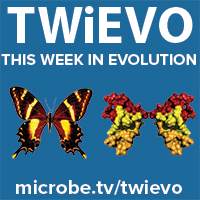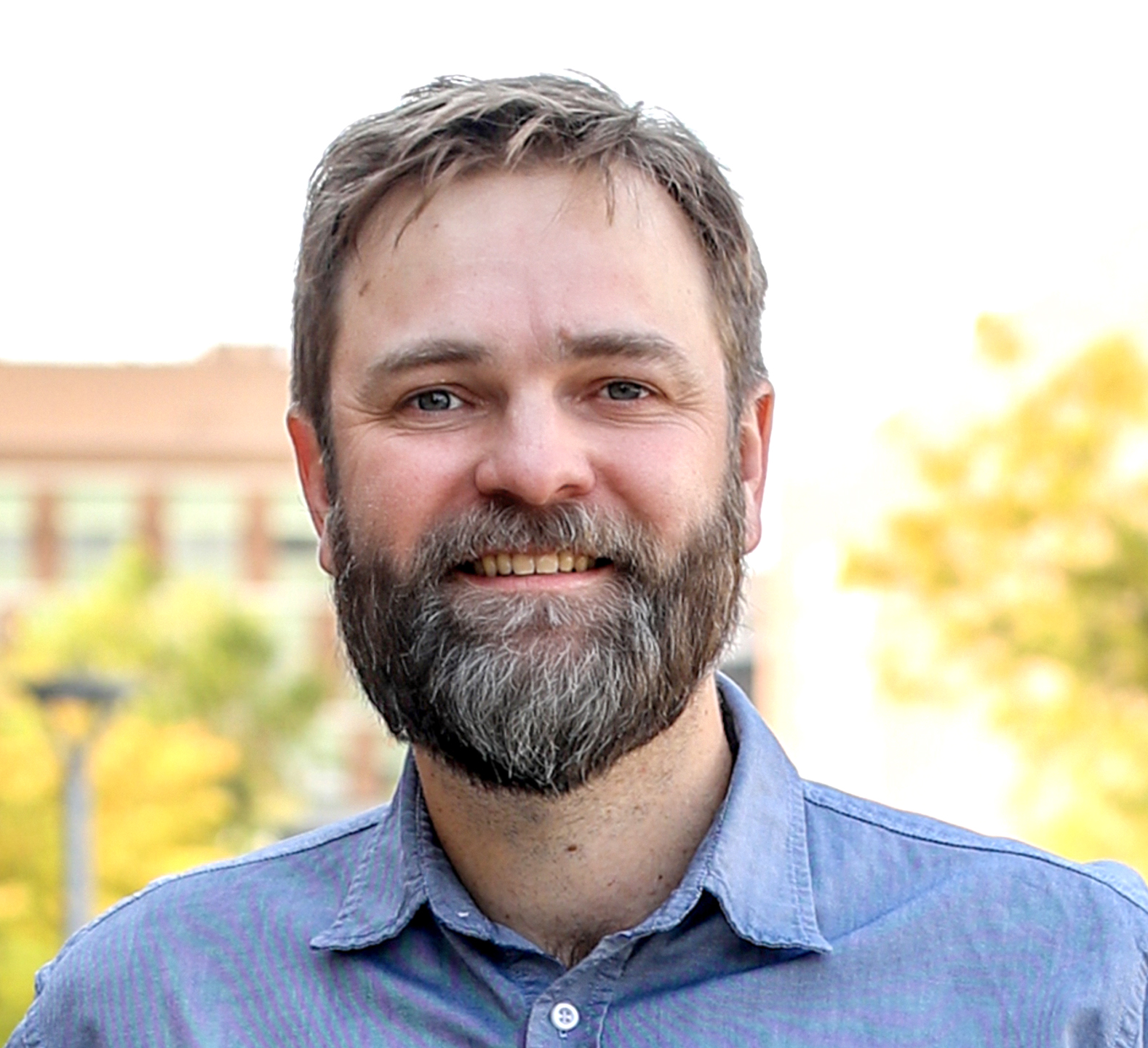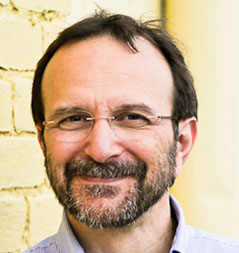Nels and Vincent discuss an ultra reduced archaeal genome, the closest cellular entity to date that approaches a viral strategy of existence. Hosts: Nels Elde and Vincent Racaniello Click arrow to playDownload TWiEVO 115 (64 MB .mp3,…
Nels and Vincent review the identification of a novel virus associated with the pathogen Plasmodium knowlsei and which is part part of a diverse and unclassified viral taxon. Hosts: Nels Elde and Vincent Racaniello Click arrow…
Nels and Vincent discuss how the rewetting of seasonally dried soils, a critical event in Mediterranean grasslands that reactivates dormant soil microorganisms, leading to pulses of carbon and nitrogen mineralization, and is accompanied by a bloom of viral diversity, followed by extensive viral community turnover.
Louise Moncla joins Nels and Vincent to review her use of genomics to understand emergence, evolution, and transmission of respiratory viruses including influenza virus H5N1, mumps virus, and SARS-CoV-2.
Nels and Vincent review isolation of SARS-CoV-2-like viruses from bats in Laos that can replicate in human cells.
Carl Zimmer joins Nels to talk about science writing, science communication, viruses, and his new book, On Life’s Edge.
Nels and Vincent discuss the identification of novel bat coronaviruses that shed light on the evolution of SARS-CoV-2, dating the first cases of COVID-19 to mid-November 2019, and recovery of deleted genome sequences from early in the Wuhan outbreak.
Nels and Vincent explain a new method for calculating the most recent common ancestor of SARS-CoV-2, which concludes that the ancestral virus was circulating in October/November 2019, before its first detection in China.
Nels and Vincent consider evolution of antibody immunity to SARS-CoV-2, and update the situation on novel virus variants of concern with potentially altered fitness and reactivity with antibodies.
Nels and Vincent wrap up 2020 with a discussion of novel variants of SARS-CoV-2 that have emerged in the United Kingdom and South Africa, how to interpret the rapidly emerging genome sequence data and what to look for in the coming weeks as these variants spread across the globe.



